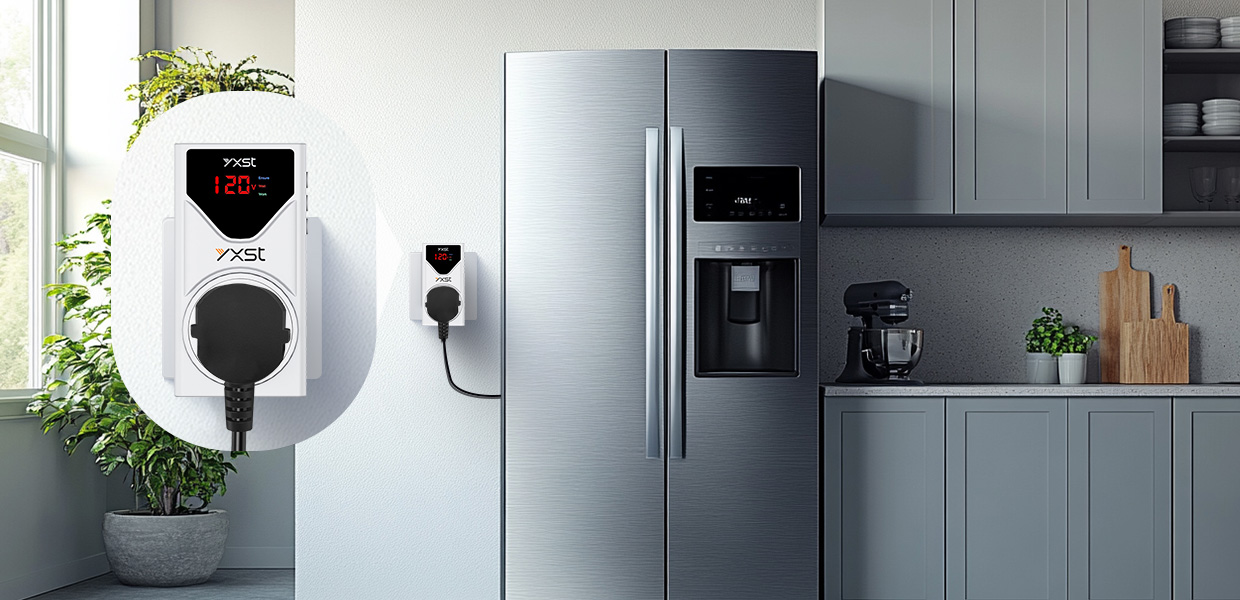Refrigerator protector: technological evolution and China's response strategy under Sino-US trade friction
Date:2025-04-15 Click:19
In the global home appliance industry chain, refrigerator protectors are key components to ensure the stable operation of refrigeration equipment, and their technical upgrades and market dynamics have attracted much attention. However, the US policy of imposing tariffs on China in recent years has had a direct impact on China's manufacturing exports. Starting from the technical principles and market status of refrigerator protectors, this article analyzes the impact of the US tariff policy on related industries in China and proposes a multi-dimensional response strategy.
Technological evolution and market structure of refrigerator protectors
Analysis of core technologies
Refrigerator protectors mainly realize their functions through three modules: voltage monitoring, overload protection and short circuit protection.
Impact of US tariff policy on the industry
Evolution of tariff list
In the first round of the $200 billion list in 2018, refrigerator protectors were classified as HTS code 8536.50.0060, and the tax rate increased sharply from 3% to 25%. After the latest adjustment in 2023, the protector module involving semiconductor materials will be subject to an additional 10% surcharge.
Changes in enterprise cost structure
| Cost Item | Proportion in 2017 | Proportion in 2023 |
|---|---|---|
| Raw materials | 52% | 61% |
| tariff | 3% | 19% |
| logistics | 8% | 12% |
Breakthrough path for Chinese enterprises
Technical alternatives
Refrigerator Protector developed by Yixing improves response speed, has obtained CE certification, and reduces costs by 18% compared with traditional solutions.
Supply chain reconstruction case
Through the "Chinese core components + local assembly" model, the impact of tariffs is reduced by 9 percentage points. The blockchain traceability system it adopts increases the transparency of the supply chain by 40%.
Emerging market development
The average annual growth rate of refrigerator ownership in the African market is 22%. According to data from the LG showroom in Nigeria, the sales of mid-range models equipped with protectors increased by 173% year-on-year. Chinese companies have achieved an increase in after-sales profit margins to 34% through the "hardware + service subscription" model.
Conclusion
Facing challenges from the external environment, China's refrigerator protector industry is reconstructing its competitiveness through technological innovation and global layout. Only by combining short-term response measures with long-term strategies can we seize new opportunities in the changing situation.



